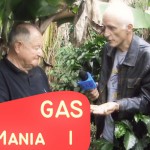![]() English version
English version

Introduction
Coffee production is the industrial process of converting the raw fruit of the coffee plant into the finished coffee. However, it is not what one would call a processed product. The cherry has the fruit or pulp removed leaving the seed or bean which is then dried. While all green coffee is processed, the method that is used varies and can have a significant effect on the flavor of roasted and brewed coffee. Coffee production is a major source of income, especially for developing countries where coffee is grown. By adding value, processing the coffee locally, coffee farmers and countries can increase the revenue from coffee. (source: Wikipedia)
Loja is one of the most important coffee producing regions in Ecuador with coffee at 1000–2000 meters. It produces 20% of the Arabica in the country and also has great quality potential. A great deal of the top coffees from Taza Dorada have been produced in this region with multiple first places as well. Varieties: Typica, Bourbon, Caturra. Microregions: Olmedo, Quilanga, Vilcabamba, Chaguarpamba, Puyango, Celica, Paltas (source: cafeimports.com)
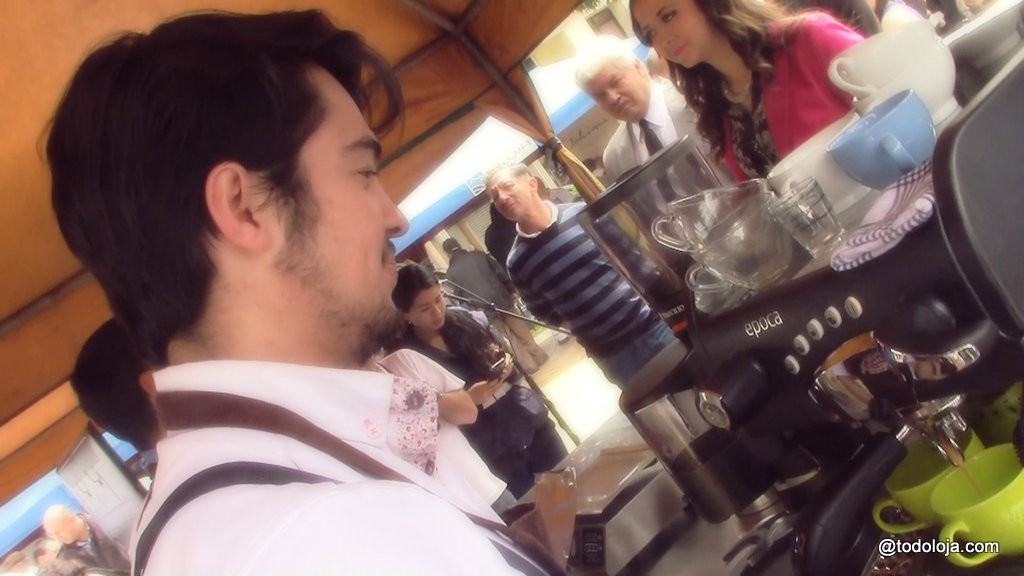
On Friday March 18 2016, in the San Sebastián square of Loja, took place an important event for the entire province of Loja.
“Culture of consumption of quality coffee” was the name of the event. It was organized by the Prefecture of Loja , Ministry of Agriculture, Ministry of Industry and Productivity and Swisscontact, with the support of the Municipality, Ministry of Culture and Restaurants in Loja.
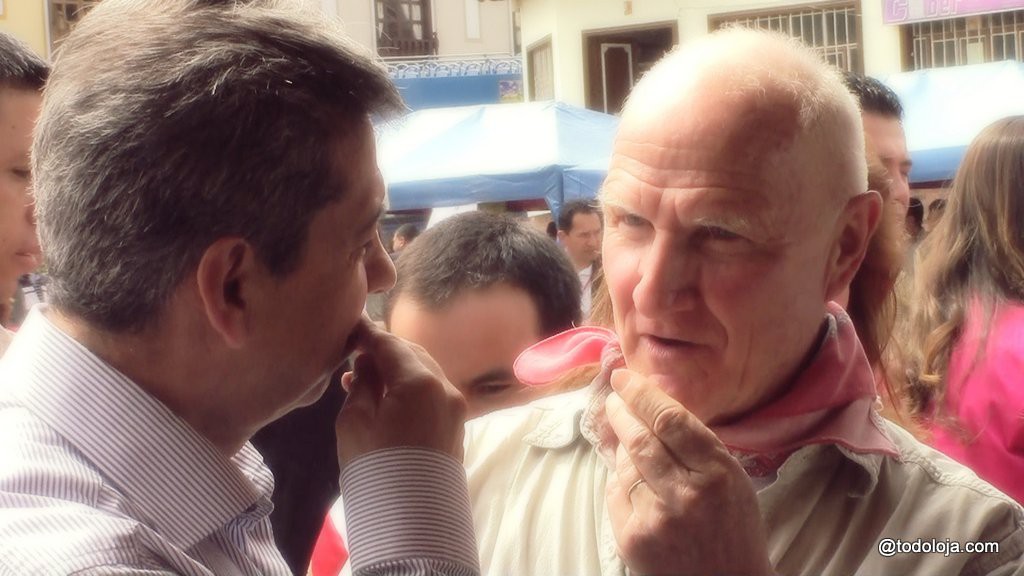
A brief presentation of the event can be found on the prefecture web page here http://www.prefecturaloja.gob.ec/?p=6884 (in Spanish).
The bbxmusic.com team was present with Miguel Ortiz’ cameras to take photos and shoot some videos (Mundo Digital). Our first aim was to discover the vast world of Loja coffee, interview participants, especially producers and associations.
Genny Campoverde, coordinator of Tourism at the Prefecture, seemed a little tense at the time of the opening ceremony in the morning but in the afternoon she could be seen flying from one side to the other with a large grin on her face. By then and just like us she must have had too many cups of espresso coffee 🙂 The event was a great success. The preparation of this type of event is not as easy as it sounds, there are many people involved and good coordination is essential.

As usual, bbxmusic.com priority as well as the so-called “Gringo al SUR” ‘s was to interview producers, specialists and visitors to tell us their stories, their experience and a little bit about their daily lives. This time, as many times before, we were not disappointed. Exhibitors impressed us with their kindness, professionalism and high level of commitment, we could even say “pure passion” for what they do.
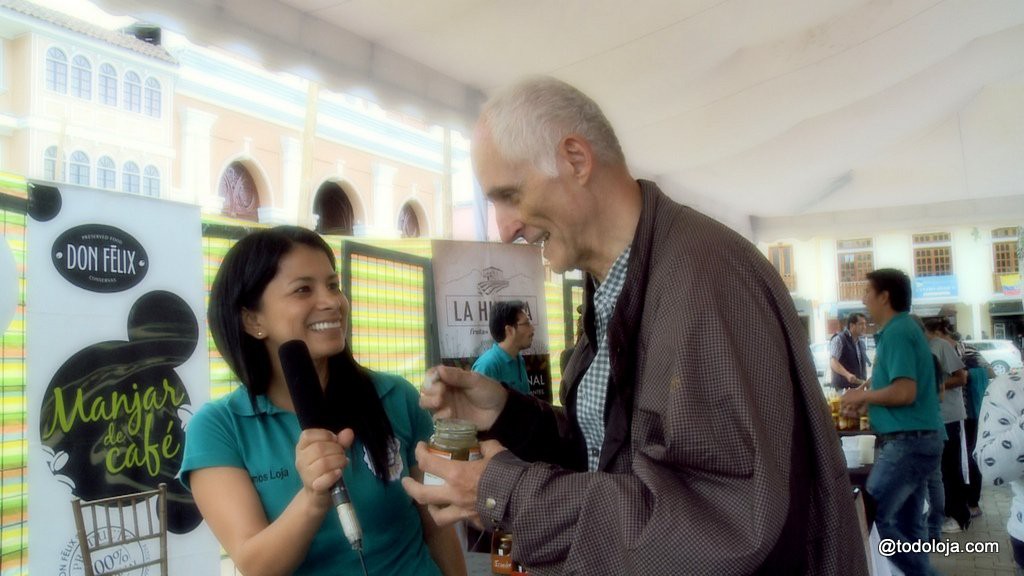




Culture of consumption of quality coffee
One must ask the basic question: What does it mean exactly : “a culture of consumption of quality coffee”?
It is a complex topic. As the title says there is a cultural aspect. Not every country in the world has the same ideas and standards when it comes to how they like their coffee. Some like it strong, some like it weak, with or without milk and/or sugar, or even with cream or liquor, Turkish or mixed with cacao (macachino) to mention just a few examples.
There is the word “consumption “. Ecuador has been a producer and exporter (of mostly green coffee) for a long time. Consumer not that much. It goes the same with cacao by the way. The espresso machine is a new phenomenon and is found in very few places, basically the urban centers (not all of them) and nowhere else. The availability of a good espresso helps tourism because many foreigners, especially Europeans and North Americans are used to consuming this type of high quality coffee. It is good news that Loja, the first coffee producer in Ecuador, develops an interest for the consumption aspect and not only production and sales.
Then there is the word “quality“. Here it is a bit easier to define objectively. Let’s try. Note that that we (the authors) are consumers, coffee lovers but certainly no experts. Forgive any oversimplification.
Coffee is a big world . Good coffee is the result of many factors and they are all important. Between the tree and the coffee mug in your hands, the coffee has gone through many transformations. If only one of these steps is not executed properly, the coffee will not reach its full potential.
Consequently, if Loja wants to be a benchmark of quality coffee production, and this is not to say that Loja is not but rather that Loja has not yet reached its full potential, Loja has to continue to improve all stages of production. Hence the idea of this type of event: provide an exchange forum between all parties involved: coffee growers, producers, roasters, tasters, baristas, associations, retailers, exporters, consumers … Only together can they be successful.
… And it is not just pure coffee but also derivatives or related products. For example, Jose, Belgian chocolatier resident in Vilcabamba (chocolate boutique Del Paramo), gave us to try one of his chocolate pralines with coffee and it left me speechless.
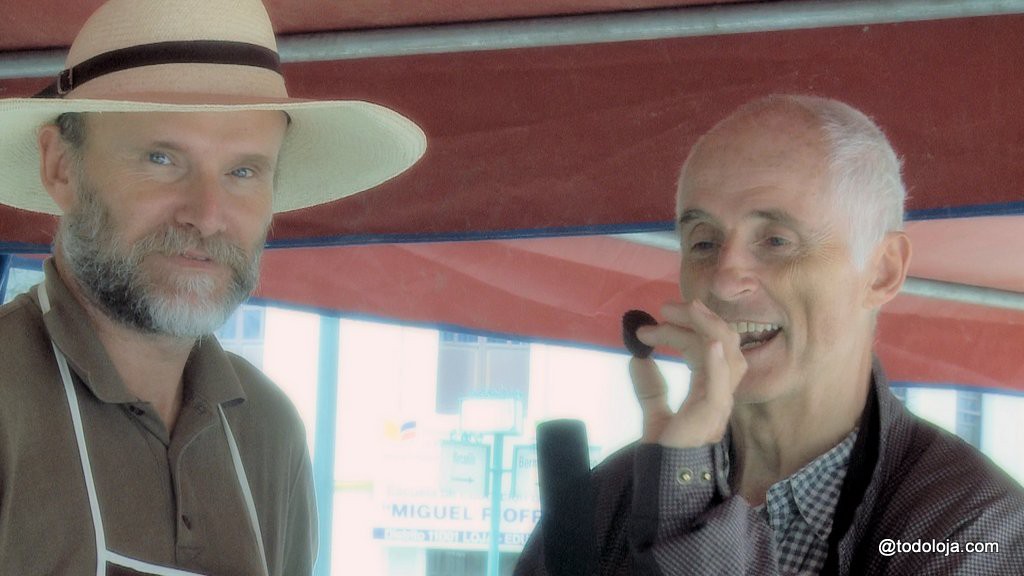
Coffee and chocolate are two products that blend very well. Ecuador is a producer of both. The Del Páramo products combine coffee and cocoa and are excellent. Also the coffee delicacy Don Felix (manjar de cafe, see photos above) is delicious.
Ramiro Lopez, expert taster and manager of the association PROCAFEQ (Quilanga) explained that for example many green coffees are mixed and contaminated. He told us that sometimes the cherries are left to dry on dirt instead of cement. So to rescue the product, they roast it more than necessary in the naive hope that this way the “badness” will go away. It’s like putting too much salt on poor quality meat. When the meat is good it is not necessary. Likewise a good quality coffee does not need to be over-roasted.

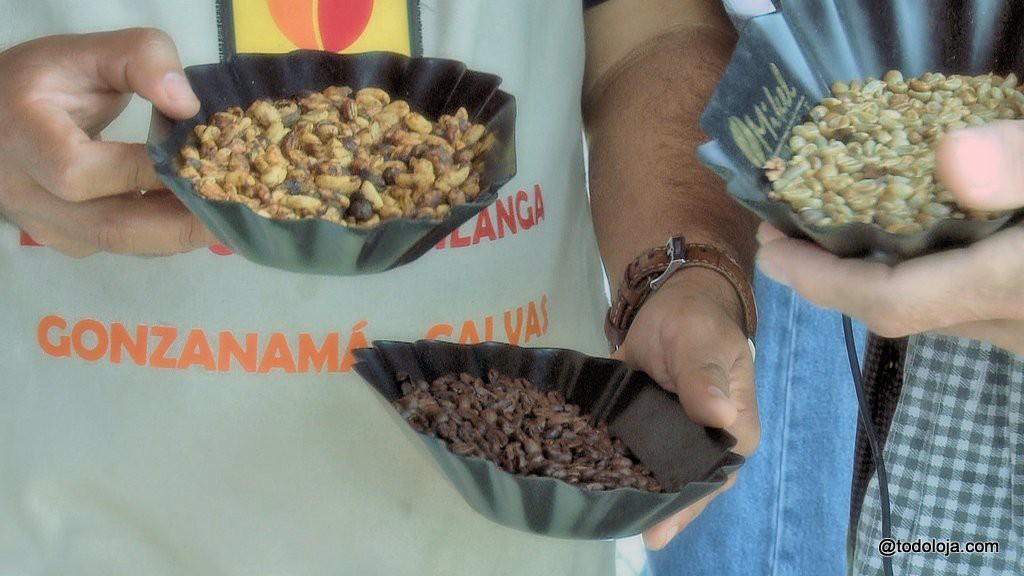
Roasting without burning is an absolute requirement for good coffee but there are many other criteria.
To begin with, there are two different methods for preparing green coffee before toasting it: the dry process and the wet process. The dry process, where the cherries are just left to dry in the sun usually on cement, is the traditional way in Ecuador, the most economical but does not produce the “gourmet” coffee which is what the export market requires most.
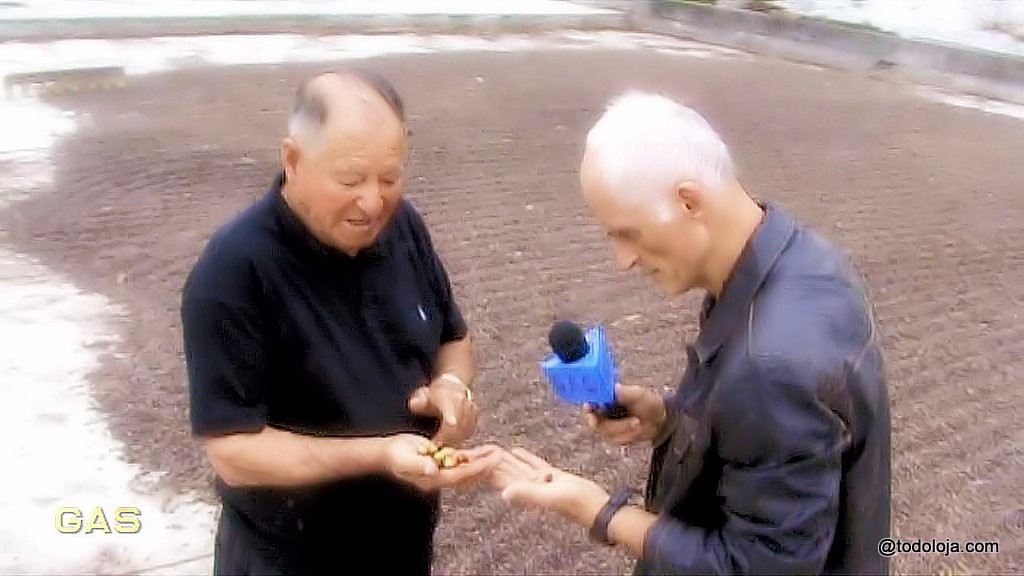
For this type of premium coffee one needs to remove the pulp of the coffee cherries and wash the seeds before drying them. This method is called “wet” or “Pergamino” and requires more time, more manpower and more equipment and is of course more expensive.
In our story video on the Piladora Leon in Vilcabamba we have presented the dry process. In a future article we hope to present the other method.
After the preparation of the green coffee, comes roasting and this process also has its own requirements and criteria: roasting temperature and time, type of machine, etc … All these parameters influence the quality and taste of the final product.
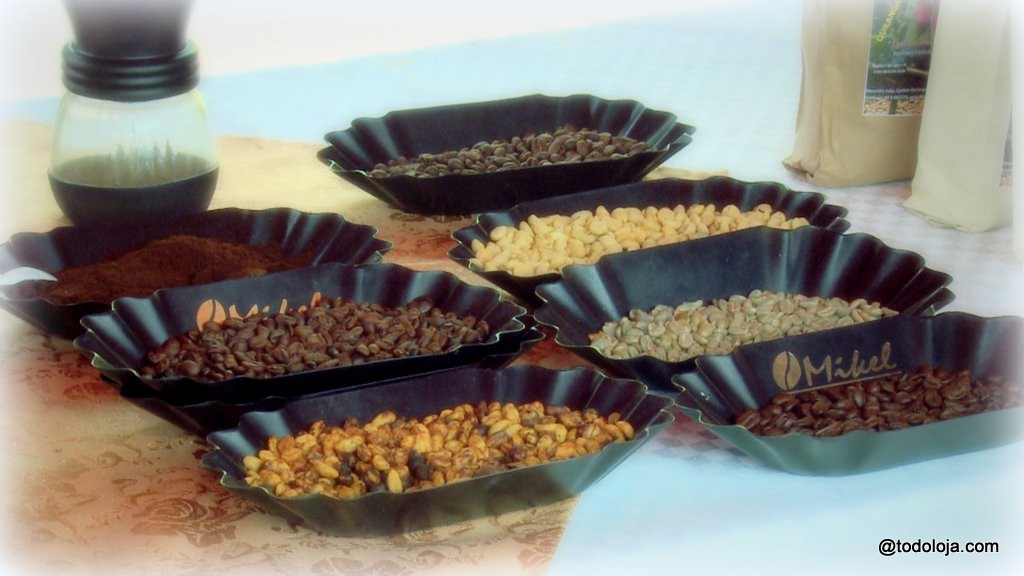
A perfectly roasted coffee in our home still does not mean that it will be good in our jug. We must learn to brew it well. Here are cultural and subjective factors involved. In the Ecuadorian culture it is common to take it mild with sugar and/or milk. When we asked some young people visiting the event whether they drank coffee we were told “yes” and when we asked them how they prepared it, they looked surprised by the question and answered: “normally”. People at large are not aware that coffee can be brewed many different ways.
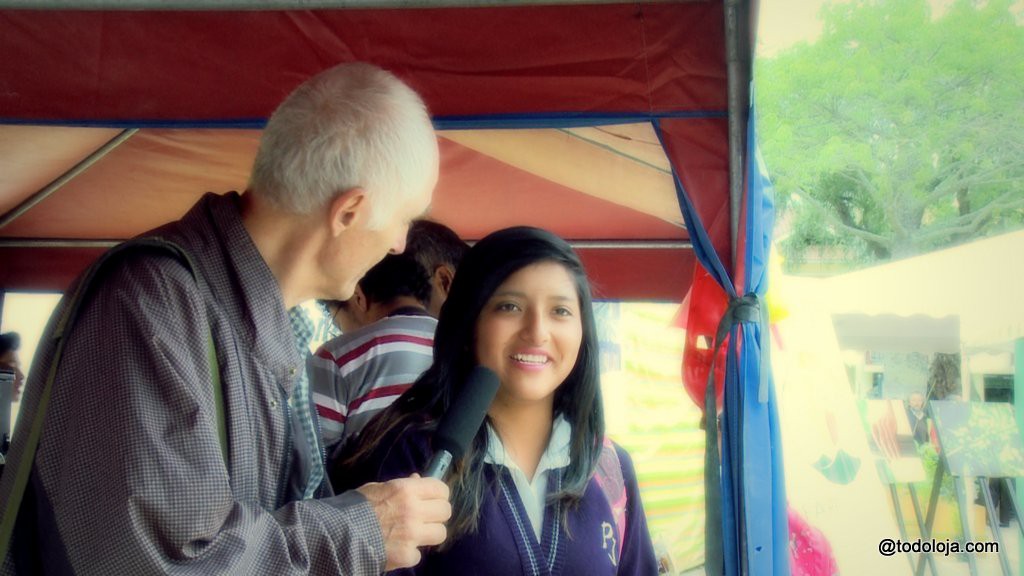
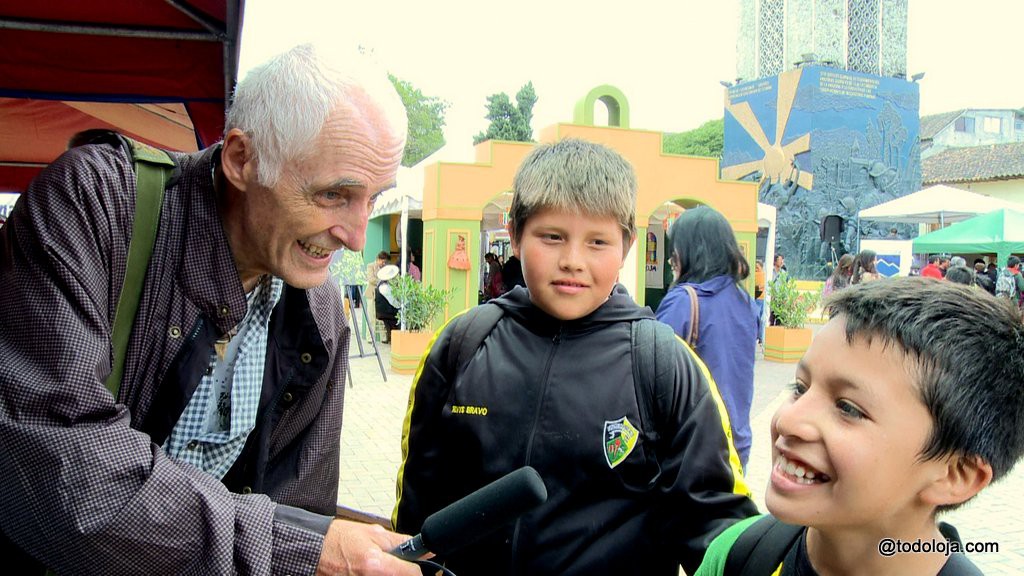
In Europe, people have learned to take good strong espresso with little or no sugar. For milk lovers, cappuccinos are a modern “cool” version of the traditional “cafe con leche”.
Short or long, with or without milk, which one is better is a subject that we don’t want to discuss at length here. Suffice to say that, in the personal opinion of the author of this article, good coffee is taken pure, without sugar and without milk (however a cappuccino from time to time is not a bad thing at all). Even more important, good coffee is prepared fresh and not kept at high temperature. In many places, people here let the coffee sit for hours in the coffee dispenser and this gives you a taste of boiled coffee that is really unpleasant.
“In Belgium, my country of birth, the taste for espresso is so great that many people have espresso machines at home. In 2013 I stayed a few days at my sister’s in Brussels and took these photos in her kitchen” Editor.
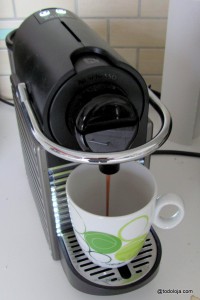
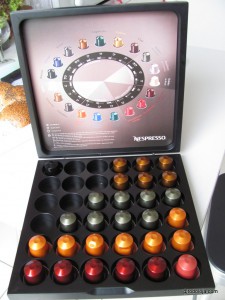
This machine uses capsules of different colors that are purchased in a box. Each color has an Italian sounding name: Capriccio, Volluto, Cosi etc … Each capsule contains a single dose of coffee. The names represent a flavor, a roast, an emotion, a country of origin. This is marketing!

The result is an espresso ready in 1 minute flat without even having to open a package, measuring spoons or messing around with filters (or the traditional Ecuadorian sock).
It’s a bit exaggerated in our opinion but that’s the modern world and if we are to make Loja better at producing, exporting and consuming top quality coffee it is important to know what the customers want and what sells.
More photos HERE
To be continued …
© 2016 bbxmusic.com
All Rights Reserved

